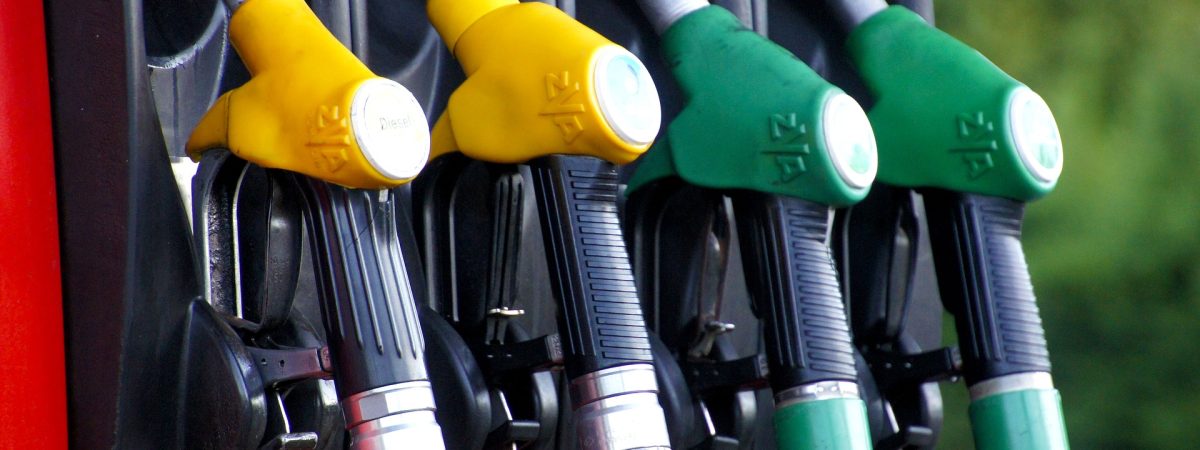
Growing your Bottom Line by Minimizing Fuel Costs
Anyone whose livelihood depends on them being on the road for extended periods knows the costs associated with being away from home can add up quickly. Food, lodging, and especially fuel are significant expenses. Indeed, fuel is the top variable expense for any fleet — often equating to more than 75 percent of a fleet’s variable expenses.
A fleet of 500 vehicles, each driving 24,000 miles per year, accumulates 12 million total miles annually. With numbers this large, even a small change can mean big savings. In fact, if they could reduce their bills by a mere quarter of a cent per mile, this fleet would save $30,000 next year.
Due to the volatile nature of fuel prices, getting your costs as low as they can and keeping them there is very important to any trucking company. Here are some ways you can do just that:
Fuel Management Tools and Cards
Understanding your fueling patterns is important and can allow you to properly address your fuel efficiency. Often paired with traditional electronic logging devices, fuel management software can help you track how fuel is purchased, how to schedule your maintenance, and how to plan the most efficient routes. Plus, you can use them to highlight areas of high fuel consumption or difficult track, as well as fight potential theft.
Fuel cards are also excellent tools to stop abuse in its tracks, allowing managers to track fuel purchases and eliminate non-fuel purchases if they need to. They can even be used to specify the types of fuel drivers can put in their vehicles, cutting fuel costs and saving on maintenance down the line.
Driver Behavior and Practices
There are plenty of ways that a driver can save money on fuel, simply by how they choose to operate the vehicle. Taking advantage of fuel-saving options like cruise control, cutting out unnecessary time spent idling, and reducing top-end speed can all impact your bottom line.
Driver coaching programs can teach your drivers how to avoid jackrabbit starts and anticipate stops in advance. Many companies even provide driver incentive programs to reward those who focus on implementing best practices to cut costs down the line.
Equipment and Proper Maintenance
There are tons of options you can invest in if your goal is to save your fleet cash in the long run. Aerodynamic-focused equipment such as wheel covers, gap reducers, and trailer wings can increase your fuel efficiency at relatively low cost, while a focus on fuel-efficient truck designs, high-efficiency alternators and the latest safety technologies can be more expensive, but even more impactful.
When it comes to regular maintenance, even the simplest checks can help reduce your overall fuel costs. Ensuring you keep accurate tire pressure as well as proper rotation frequency and position on your vehicles reduces the chance of bad tires hurting your fuel economy. Additionally, keeping your air filters clean will both limit exhaust emissions and overall increase your fuel efficiency.
If you’re really looking to save cash on your fuel expenses and you have the time and expertise required, fuel rebates and proper fleet card and service negotiations can grow your bottom line before any of your drivers even turn over the engine. For more information, visit www.schooleymitchell.com/offices to find a Schooley Mitchell representative near you.



